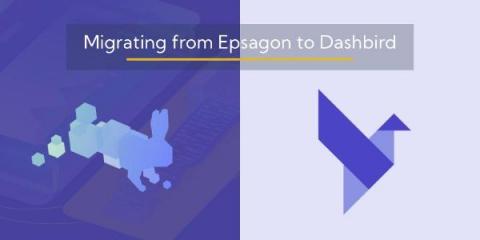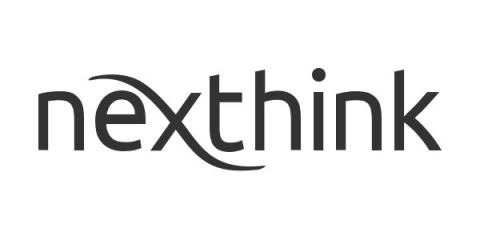Operations | Monitoring | ITSM | DevOps | Cloud
Cloud
The latest News and Information on Cloud monitoring, security and related technologies.
Migrating from Epsagon to Dashbird
With over 200 products offered by AWS, when designing a solution, such as a micro-services based system using a number of these services at its core, it becomes rather challenging to not only monitor them but on the onset of a problem troubleshooting it and resolving it within the least amount of time becomes a daunting task. Building a monitorable system requires a deep understanding of the failure domain of the critical components, which is a tall order for a fairly complex system.
Compare monitoring tools: Epsagon vs Dashbird
As the world is increasingly reliant on technology, software developers, cloud architects, and DevOps practitioners bear a responsibility similar to that of the health industry or to airplane pilots, for example. In this reality, cloud monitoring isn’t optional, it’s a matter of being professional. What is optional, however, is what monitoring solution to go for. Obviously, the one that best fits your specific needs but which one is it?
5 Ways Cloud Costs Can Spiral Out of Control
As CFO of Virtana, I face many of the same challenges as every CFO of a SaaS or enterprise software company today: cost containment, surprises, and an ever-escalating AWS bill. We all need help keeping these things in check. These challenges become even more difficult when your organization goes hybrid cloud. Fortunately, there are tools out there to help our teams help us manage these costs.
An overview of Platform.sh
What You Should Know About Cloud Solutions For Real-Time Analytics
Experts from all industries admit the need to use and analyze data, especially generated in real-time. Therefore, business decision-makers need to know how these processes occur, under whose control they are and how to optimize them. But what technologies can help companies better cope with masses of data?
3 ways cloud services engineers drive innovation at ServiceNow
The Seattle-based cloud services engineering team at ServiceNow has cultivated a culture of creativity, risk-taking, and problem-solving—despite the weight of their work being deployed at a global scale across some of the most complex regulated markets.
IoT set to overtake cloud computing as primary Industry 4.0 technology
New research by Inmarsat, the world leader in global mobile satellite communications, reveals that investment in the Internet of Things (IoT) is set to overtake cloud computing, next generation security, big data analytics and other digital transformation technologies in the near future. Respondents drawn from multiple industries reported plans to invest the greatest proportion of their IT budget on IoT projects over the next three years.
Asia Pacific Firms Need Analytics to Survive the Cloud Era
Many companies in Asia Pacific (APAC) were caught in a digital tailspin when Covid-19 hit, sacrificing security practices in their hurry to adjust to the new reality of remote work. Two years on, hybrid work is still the norm as the pandemic continues and seems to be a new way of life moving forward. Catalyzed by the coronavirus, firms big and small are now adopting cloud technologies as we tread deeper into a new data age.
Open Source Terraform Module: CloudTrail Logs from S3 to Kinesis Data Streams
We are happy to provide an open-source Terraform module enabling automatic delivery of CloudTrail logs from S3 to a Kinesis Data Stream.










